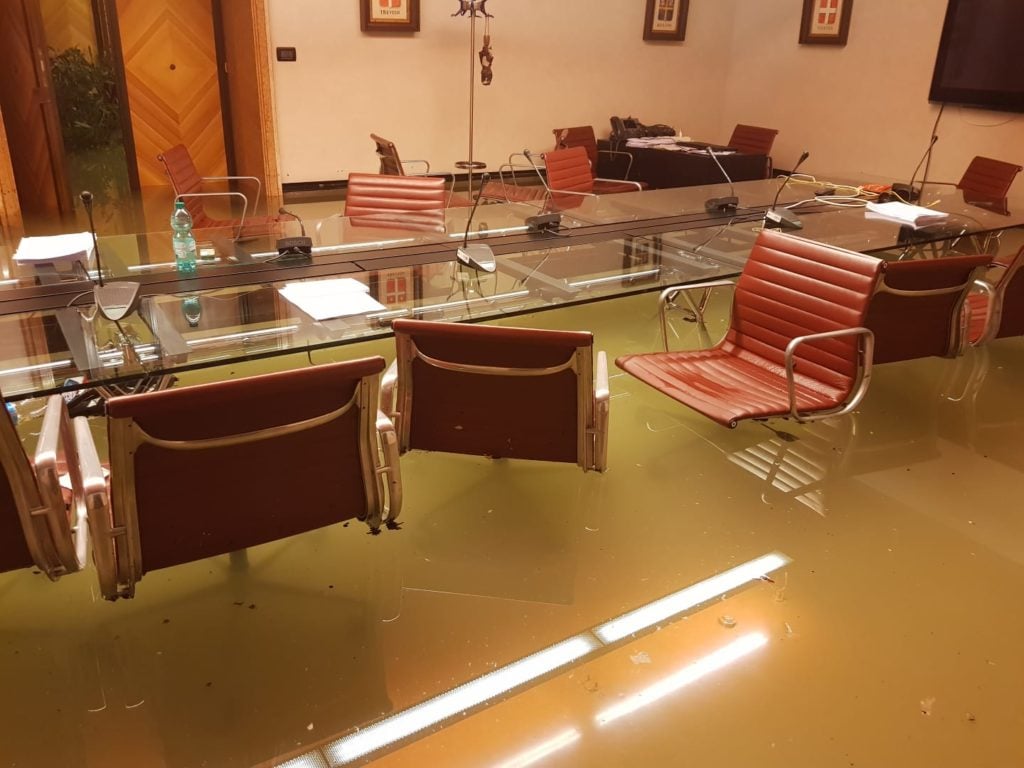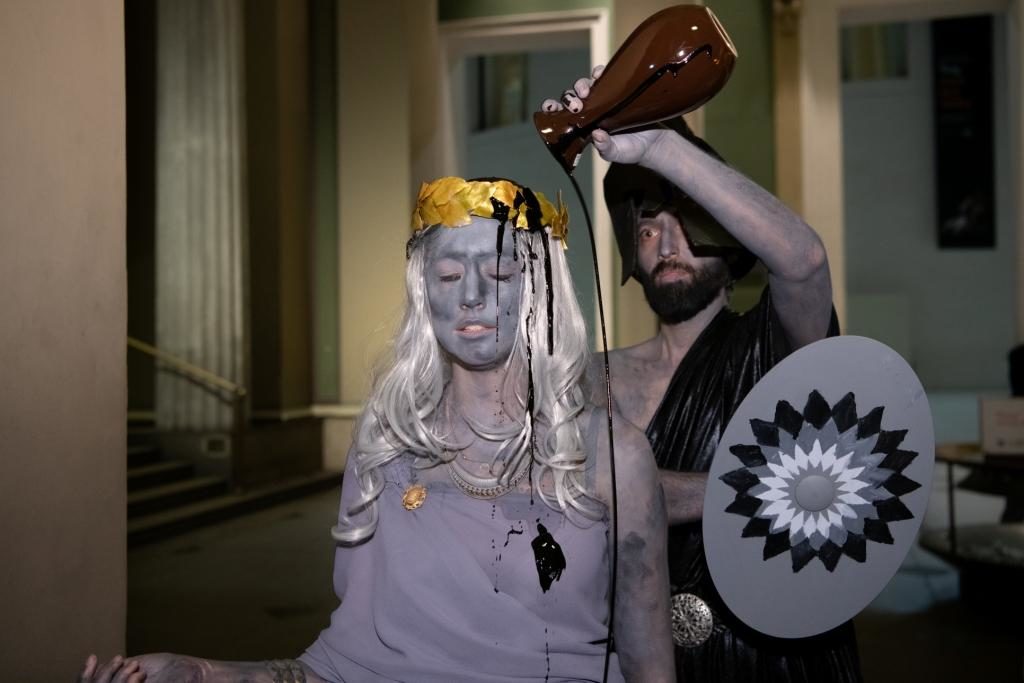How a Green Tax Could Shift the Relationship Between Art, Wealth, and the Environment


Sophie Neuendorf

Deloitte’s most recent Art & Finance conferences have highlighted the importance of preserving and transferring wealth for the next generation, and have aimed at giving clients the tools to make the best decisions with the information at hand. These questions have addressed ways of transferring wealth cost effectively, preserving collection, and increasing value. But now, a new question has sprung to the forefront: how do we preserve our personal and cultural heritage in the face of rapidly increasing climate change?

Activists from BP or Not BP protest at the British Museum. Photo by Ron Fassbender.
In the art world, the most recent and very public endeavors to highlight and combat climate change have been the protests again BP-sponsored museum exhibitions. In the past months, thousands of climate activists have called on Tate to terminate their relationship with BP on ethical grounds, eventually resulting in the end of the 26-year relationship between the two.
In a ripple effect, Amsterdam’s Van Gogh Museum ended its relationship with petroleum company Shell, and climate activists are gearing up for protest again BP’s sponsorship of the British Museum’s forthcoming “Trojan Wars” exhibition.
On the other side of the pond, mega-collectors Eli Broad and Agnes Gund have recently lent their support to an increased “wealth tax,” which is seen by many as a moral, ethical, and economical responsibility toward safeguarding America’s future. But, beyond this, is there the possibility of a “Green Tax” to offset damages to the environment?
What the numerous protests and environmental advocacy groups around the world have made clear is that the consequences of climate change call for immediate action. Throughout history artists and patrons alike have stood at the vanguard of change. Now, as we transfer wealth to the next generation, it is time to act.
The impact of cultural awareness and investment is no longer limited to the traditional sphere of the art market, but has expanded to include political, economical, and environmental activism. As the world seeks to slow the pace of climate change, preserve wildlife, and support billions of people, there are changes we can make now to spearhead the art world’s support for a greener planet.
At least 7,000 auctions are held annually around the world with a median of 120 lots per sale (Data: artnet Price Database). For nearly all of them, auction houses print catalogues to send around the world to potential buyers. Is it inconceivable to list these auctions online only? In an era of digitalization, print catalogues seem unnecessarily destructive for the environment. Moreover, historical auction data is much better safeguarded, and more easily accessible for private collectors and wealth managers alike, online on artnet than in a printed catalogue on a shelf. This is just one of many areas of change that could be enacted immediately.
As wealth managers, family offices, and private people, we are often inclined to reduce taxes as much as possible. Nonetheless, I propose a voluntary “Green Tax” on the buying and/or selling of art and antiques — to benefit NGOs working on preserving the environment. Let us forget the short-term gain of wealth accumulation in favor of the long term gain of a greener planet for the next generations.